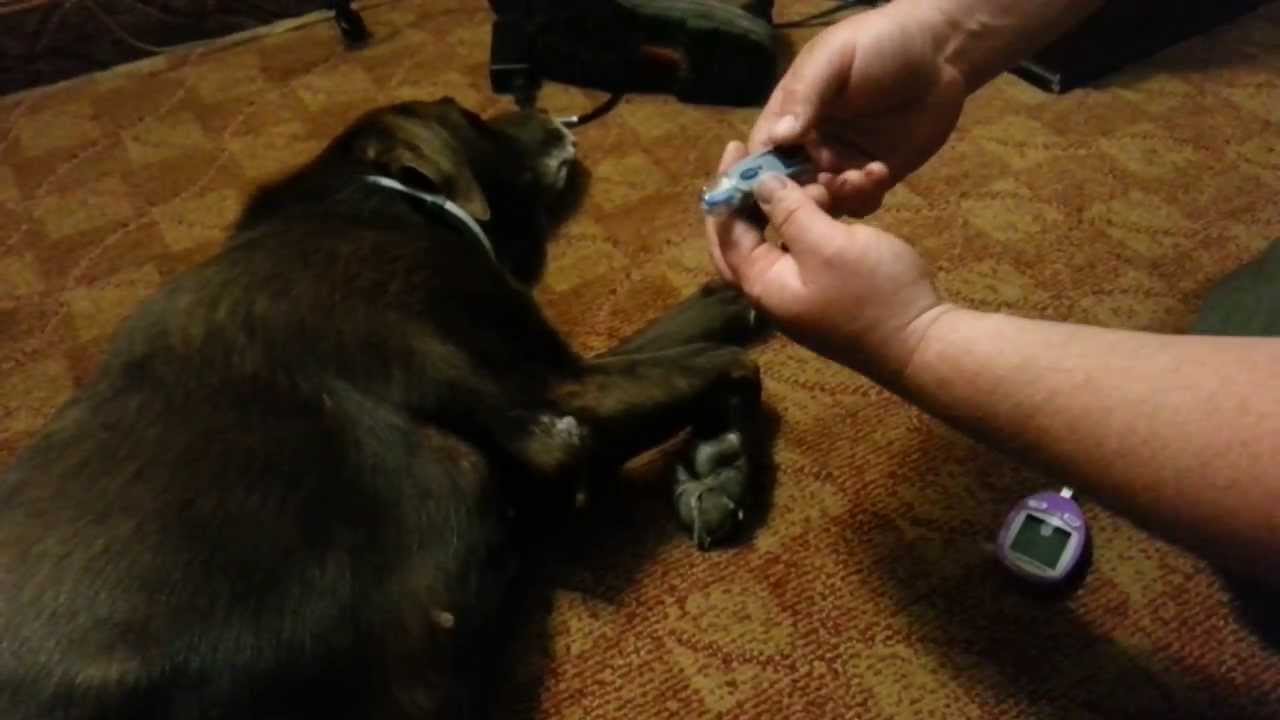How to Check a Dog’s Blood Sugar?
Monitoring your pet’s glucose level is critical to the overall treatment of diabetes and may be accomplished in two ways:
- Performing a urine analysis to determine the presence of glucose and ketones in your pet’s urine
- It is important to monitor your pet’s blood glucose levels

Consult your veterinarian if your pet has substantial weight gain or loss to determine how this may impact diabetic therapy.
For the majority of 24 hours, a stable diabetic dog blood glucose level should be in the following ranges: about 100–250 mg/dL
METHODS
Your veterinarian may inquire as to whether you are comfortable monitoring your blood glucose levels at home. This may be accomplished in one of two methods, and your veterinarian will discuss the most appropriate method with you.
- Blood test strips like those used for urine testing may be utilized.
- A portable glucose meter may be utilized. While not strictly necessary, portable glucometers are convenient to use and may be worth the cost. Your veterinarian can advise you on the most suited model to your and your pet’s requirements.
STRIPS OF BLOOD GLUCOSE
Blood glucose strips help to determine the blood glucose level. At the end of the strip, a drop of blood goes on the pad. To compare the color with the container’s chart, the pad is wiped clean after the period prescribed. Before using, carefully read the included directions.
GLUCOMETER
Glucometer strips are put in the glucometer after blood is placed on one of them; the glucose concentration is displayed. Before using, carefully read the included directions.
CONCLUSION
So, these two methods are important techniques and are performed either in the clinic by your veterinarian or at home to keep a record of your dog’s blood sugar.

Emily’s passion for small critters knows no bounds. She’s your guide to the wonderful world of hamsters, guinea pigs, and all things pocket-sized.






